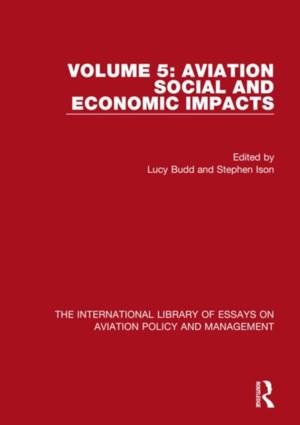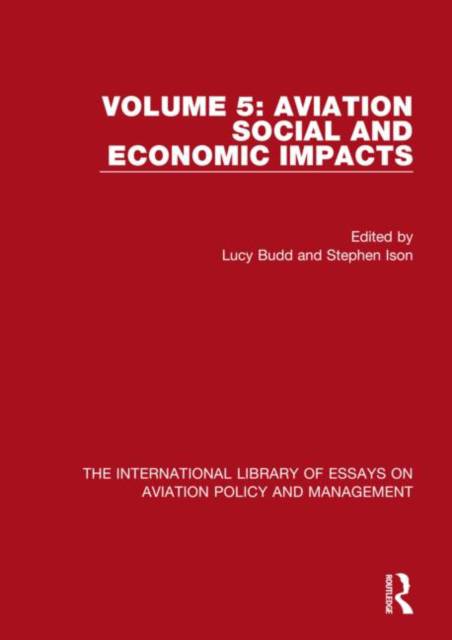
- Retrait gratuit dans votre magasin Club
- 7.000.000 titres dans notre catalogue
- Payer en toute sécurité
- Toujours un magasin près de chez vous
- Retrait gratuit dans votre magasin Club
- 7.000.0000 titres dans notre catalogue
- Payer en toute sécurité
- Toujours un magasin près de chez vous
Description
As both an enabler and accelerator of globalisation, aviation has had profound and sometime unintended and unanticipated social and economic impacts. Commercial airports are not only transport nodes that facilitate aerial movement they are also major centres of employment but often sites of political contestation surrounding their planning and development as economic growth imperatives conflict with environmental concerns.
Noise is often cited as being one of the most socially contested aspects of airport operations for local communities, particularly when flights are operating during the night. This is a particular challenge for cargo operators whose business model is based on rapid overnight delivery and distribution. Specific factors including night noise curfews and the provision and co-location of freight forwarders are significant determinants of airport choice and this, in turn, leads to freight forwarding firms clustering at major freight facilities.
As well as meeting the mobility needs of business travellers and cargo consignors, air travel also facilitates the mass movement of leisure passengers. The benefits, challenges and limits to growth of this market segment are explored together with the social, economic and environmental challenges tourism creates for receiving countries. The role of airlines in planning, developing and marketing tourist destinations is also examined in this Volume. Aviation-led tourist development is particularly pronounced in cities such as Singapore and Dubai where air service deregulation and airport-airline-destination marketing strategies have created not only major international transit hubs but also significant centres of international urban tourism.
In addition to serving routes with high levels of passenger and cargo demand, aviation also performs a vital role for geographically remote and/or inaccessible regions that cannot be rapidly accessed by road, sea or rail. Owing to lower levels of demand, the need for small (and sometimes specially equipped aircraft) and the vagaries of the local weather and climate, these services are expensive to operate and may not be economically viable without subsidy. Experiences from the US and European Union examine some of the issues surrounding the operation of these services. The Volume concludes with consideration of aviation's environmental impacts and potential mitigation strategies such as the EU's Emissions Trading System.
Spécifications
Parties prenantes
- Auteur(s) :
- Editeur:
Contenu
- Nombre de pages :
- 374
- Langue:
- Anglais
- Collection :
- Tome:
- n° 5
Caractéristiques
- EAN:
- 9781472451590
- Date de parution :
- 23-10-19
- Format:
- Livre relié
- Format numérique:
- Genaaid
- Dimensions :
- 175 mm x 246 mm
- Poids :
- 869 g

Les avis
Nous publions uniquement les avis qui respectent les conditions requises. Consultez nos conditions pour les avis.






